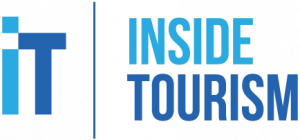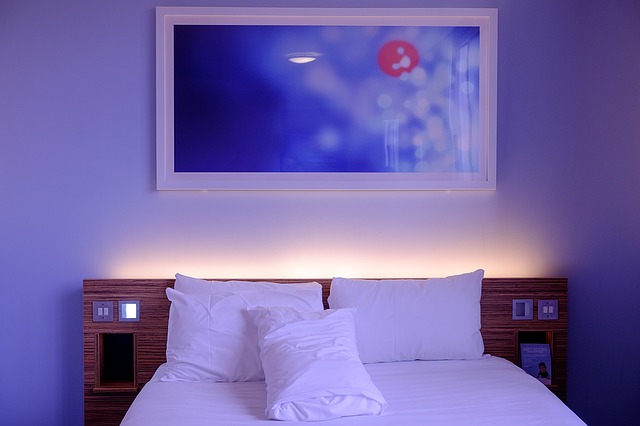Business travellers and skiers are returning to New Zealand faster than the workforce, according to a June hotel performance report by Horwath HTL and Hotel Council Aotearoa.
According to the report, revenue per available room across the main New Zealand hotels recovered to 93 per cent of its June 2019 level, driven by a 16 per cent increase in the average daily rate.
Average hotel occupancy stood at 55 per cent as hotel operators continue to report better than expected business travel demand, both domestic and from Australia.
Meetings up demand (sidehead)
Quest Apartments report record occupancies across its 34 franchised properties in New Zealand, with most customers being domestic business travellers.
Demand for meeting and conference rooms remains strong in most key markets and operators continue to be positive about future bookings from this segment.
Limited meeting and conference capacity in Auckland appears to be driving business to other areas such as Wellington, Christchurch and the central North Island.
The report says the Te Pae Convention Centre is having a strong positive impact on hotel demand in Christchurch.
Domestic leisure demand remains solid, especially during weekends in markets like Auckland and Wellington.
Positive indications (sidehead)
Queenstown has benefitted from early season snow fall, with visitor numbers reportedly higher than the pre-COVID bumper seasons of 2018 and 2019, following the start of direct flights from Sydney in late May and Melbourne and Brisbane on June 24.
Despite the trans-Tasman border being open at the same time last year, the number of New Zealanders and Australians on the slopes during the last week of June has been about 30 per cent higher than last year.
Air New Zealand’s CEO Greg Foran provided further illustration of travel demand recovery, saying the business is operating at 50 per cent of international and nearly 100 per cent of pre-pandemic domestic capacity. It expects to reach 75 per cent of its pre-COVID international capacity and more than 100 per cent of pre-pandemic domestic capacity by the end of 2022.
Labour challenges continue (sidehead)
The report says workforce shortages continue to impact the New Zealand hotel industry, with some businesses having to cap occupancy levels to ensure satisfactory service.
Despite paying the living wage and above, many hotels are still struggling to find suitable workers at all levels.
A Hospitality NZ survey says the average hourly wage has increased by 8.9 per cent since last year, while average salaries increased by 10.5 per cent.
In addition to increasing wages, operators are looking for new ways to attract employees as more hotels previously used for MIQ re-open and demand recovers.
The sector’s workforce challenges are global; Accor’s CEO Sebastian Bazin says the company needs 35,000 workers internationally and is running several initiatives to recruit people who haven't previously worked in the industry.
The report says most hotels can cope with staff shortages at 50 to 60 per cent occupancy, but the crunch will come when they reach 80 to 90 per cent. It says as travel demand recovers, this may happen sooner than expected.



